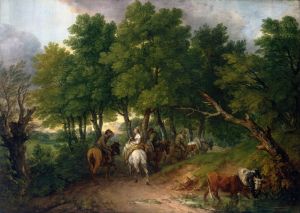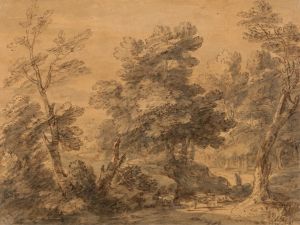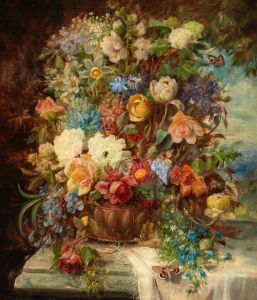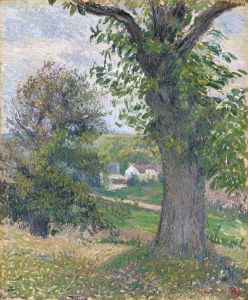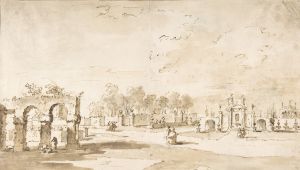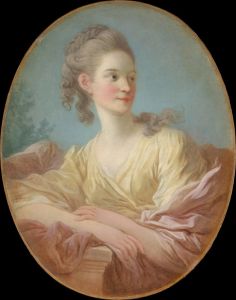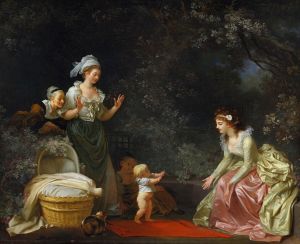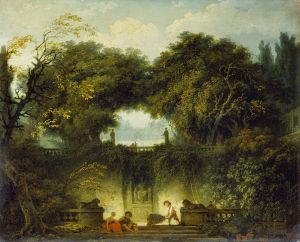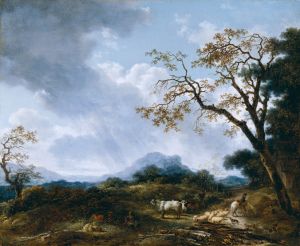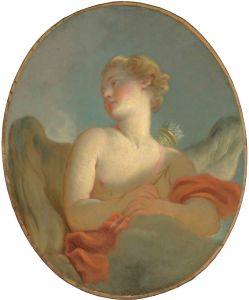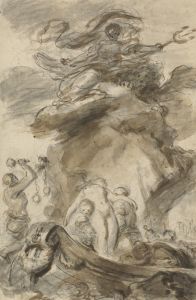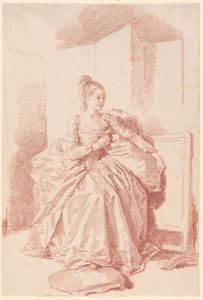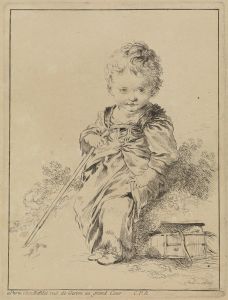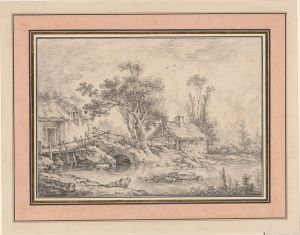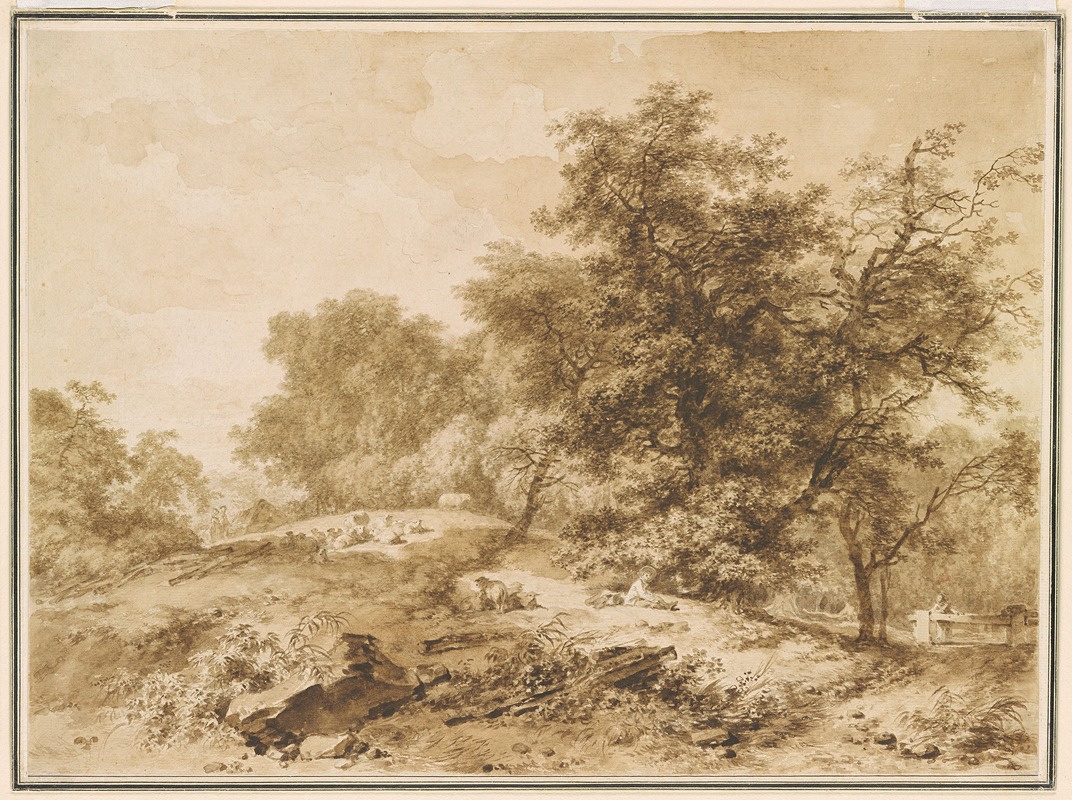
Landscape, with flocks and trees
A hand-painted replica of Jean-Honoré Fragonard’s masterpiece Landscape, with flocks and trees, meticulously crafted by professional artists to capture the true essence of the original. Each piece is created with museum-quality canvas and rare mineral pigments, carefully painted by experienced artists with delicate brushstrokes and rich, layered colors to perfectly recreate the texture of the original artwork. Unlike machine-printed reproductions, this hand-painted version brings the painting to life, infused with the artist’s emotions and skill in every stroke. Whether for personal collection or home decoration, it instantly elevates the artistic atmosphere of any space.
"Landscape, with flocks and trees" is a painting by the French artist Jean-Honoré Fragonard. Fragonard, born on April 5, 1732, in Grasse, France, is renowned for his exuberant and hedonistic Rococo style, which often depicted scenes of romance and playful aristocratic life. His works are characterized by their vibrant colors, fluid brushwork, and light-hearted themes.
"Landscape, with flocks and trees" is an exemplary piece that showcases Fragonard's skill in landscape painting, a genre that, while less celebrated than his more famous romantic and genre scenes, still demonstrates his versatility and command of the medium. The painting features a serene rural scene, with a focus on natural elements such as trees and flocks of animals, likely sheep, which are common subjects in pastoral landscapes.
The composition of the painting is carefully balanced, with a harmonious arrangement of trees, animals, and possibly human figures, though the latter are not the central focus. Fragonard's use of light and shadow creates a sense of depth and movement, drawing the viewer's eye through the landscape. The trees are rendered with a delicate touch, their leaves and branches depicted with a sense of naturalism that contrasts with the more stylized elements of his other works.
Fragonard's landscapes often reflect the influence of his early training under François Boucher, another prominent Rococo artist, as well as his studies in Italy, where he was exposed to the works of the great masters of the Renaissance and Baroque periods. This blend of influences is evident in "Landscape, with flocks and trees," where the idyllic setting and attention to detail reveal a deep appreciation for both the natural world and the artistic traditions that preceded him.
The painting is also notable for its use of color. Fragonard employs a palette that is both rich and subtle, with earthy tones dominating the scene. The greens of the foliage, the browns of the tree trunks, and the soft whites and grays of the animals' coats all contribute to a cohesive and tranquil atmosphere. This careful use of color enhances the overall sense of peace and bucolic charm that the painting conveys.
"Landscape, with flocks and trees" is a testament to Fragonard's ability to capture the beauty and tranquility of the natural world. While he is more commonly associated with the playful and often erotic scenes of Rococo aristocracy, this painting reveals another facet of his artistic talent. It demonstrates his capacity to evoke a sense of calm and pastoral simplicity, providing a counterpoint to the more dynamic and ornate compositions for which he is best known.
The painting is housed in a collection that appreciates Fragonard's diverse body of work, though specific details about its current location or provenance may not be widely documented. As with many works of art from this period, its history may include various owners and exhibitions, reflecting the changing tastes and appreciation for Fragonard's art over the centuries.
In summary, "Landscape, with flocks and trees" by Jean-Honoré Fragonard is a beautiful example of the artist's landscape painting, showcasing his skillful use of color, light, and composition to create a serene and harmonious scene. It stands as a testament to his versatility and his ability to capture the essence of the natural world with the same finesse that he brought to his more famous Rococo scenes.





